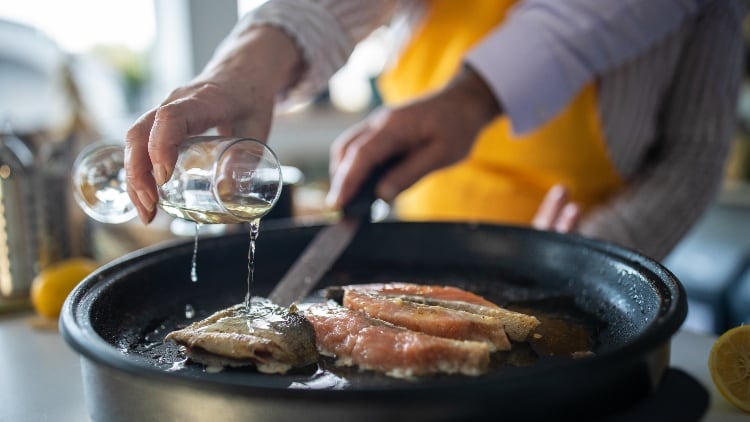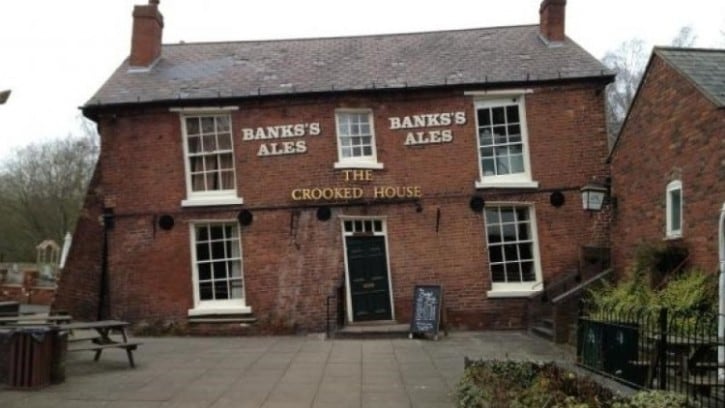We ask chefs how they use alcohol while cooking, and they also tell all about how vodka, rum, whisky, wine or beer can be the secret key to boosting a dish’s body, richness, and flavour.
At the Black Bull in Cumbria, beer and white wine are used in pickles to instil the vegetables with a specific hoppy or acidic note, according to chef patron Nina Matsunaga. Beer also plays a role in the bread baking process, to make it matty or pique it with a yeasty flavour.
Red and white wines also give sauces a rounded, fuller body, and alcohol is infused in desserts to provide specific flavour profiles. Gin, run or coffee liqueur can liven up desserts without being reduced, for example, and sometimes the spirits are set into jellies as well.
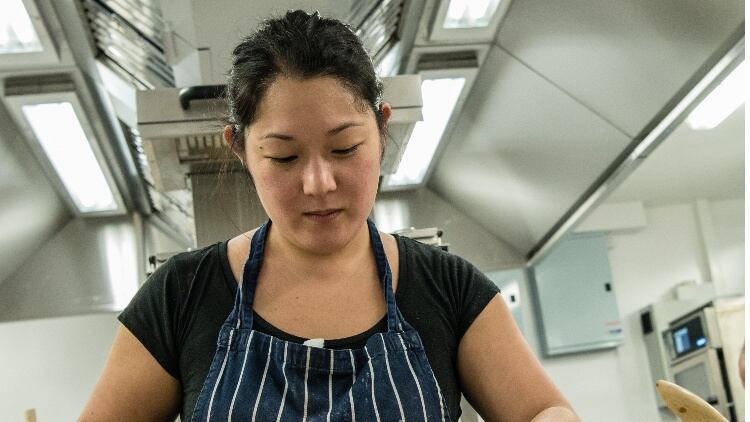
When considering “availability, accessibility and versatility” in the kitchen, Matsunaga says chefs should experiment with beer or wine. Her advice? Test out different styles based on personal preference.
Darker, more malty beers work exceptionally well in desserts, cakes, baking, and stews, whereas lighter beers are better suited to seafood and fish, as well as in batters and some types of bread, she says.
Clear spirits can be harsher, but are useful for curing fish and making jellies, whereas darker spirits are great for desserts, as are dessert wines and liqueurs, adds the head chef of the gastropub in Sedbergh.
Enhancing flavour
Fermenting or pickling ingredients in alcohol is a process she thinks is “lovely” as you wouldn’t expect it straight away. She also says it bodes well to test out different types of alcohol in baking as it can change the flavour quite a bit.
Batter and alcohol go hand in hand at Kerridge’s Bar & Grill, head chef Nick Beardshaw explains. Beer gives body and a lovely caramelisation due to the sugars, while vodka, being more volatile than water, vaporises during deep-frying. This both dehydrates the batter and creates bubbles that give it more surface area. Raw alcohol is also stirred into sauces to cut through richness in the same way that acidity can balance fat.
The chef at the central London venue shares an example: “We do a honey glazed chicken nugget on the side of our chicken dish wish is triple battered in a very light vodka and beer batter to give a really glassy crunch.” In the same dish, Vin Juane is added to the sauce last minute. It isn’t cooked out, and so the alcohol cuts through the sauce’s richness.
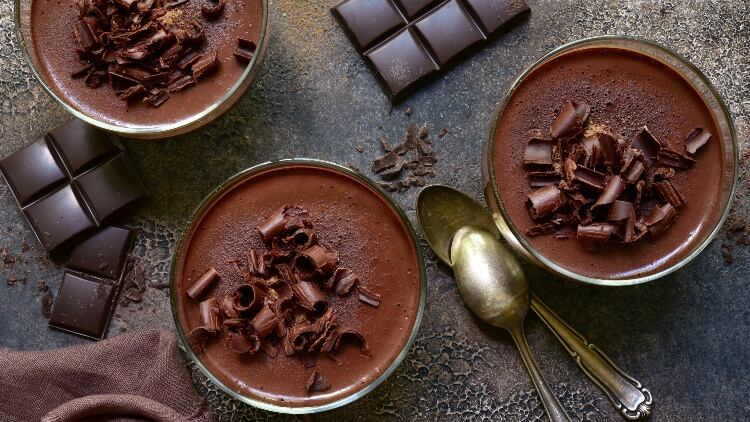
The chef advises to use alcohol to balance dishes that may be a bit flat. A chocolate mousse can be lifted with a glug of rum, for instance, meanwhile a dash of vodka in a tomato gazpacho can “bring it to life”.
There’s a modern technique for infusing liquids into fruit and vegetables, which is to compress them in a vac pack machine, he continues. You place the produce with the liquid you want to infuse it with into a vacuum pouch, and run a cycle with the maximum amount of pressure.
Saucy affair
As the vegetable is put under pressure, the vacuoles in it inflate and pop, leaving behind a cavity that liquids can permeate. This is a quick way to create instant pickles, is a tip from Beardshaw: you don’t have leave them for weeks to take on liquid.
Head chef at the General Tarleton, Varun Khanna, also uses alcohol to give more depth to sauces. A dry Riesling features in the wild mushroom sauce on his chicken dish. “It is a completely different sauce without it,” he adds. A red, brandy and port are also used for the parfait, which helps lift the dish, enriching its flavour.
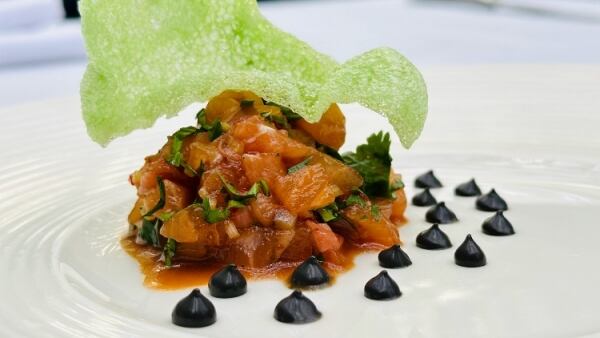
“Let the alcohol reduce,” is his main word of advice for chefs looking to experiment with alcohol. “You have to add your wine after the roasting or cooking of your base”. If you add it when the stock is in, or if you add raw alcohol (especially red wine), he warns it can give a horrible taste.
“You only want the flavour from the wine, not the alcohol itself,” he continues. At his gastropub in Ferrensby, North Yorkshire, they usually reduce the alcohol and then add it just before it turns to a syrup.
Using alcohol in the curing process is a much-loved method of Khanna’s: “Whisky curing salmon, and gin curing brill, are up there with my favourite was to really get the flavour of the alcohol and fish,” he says.

